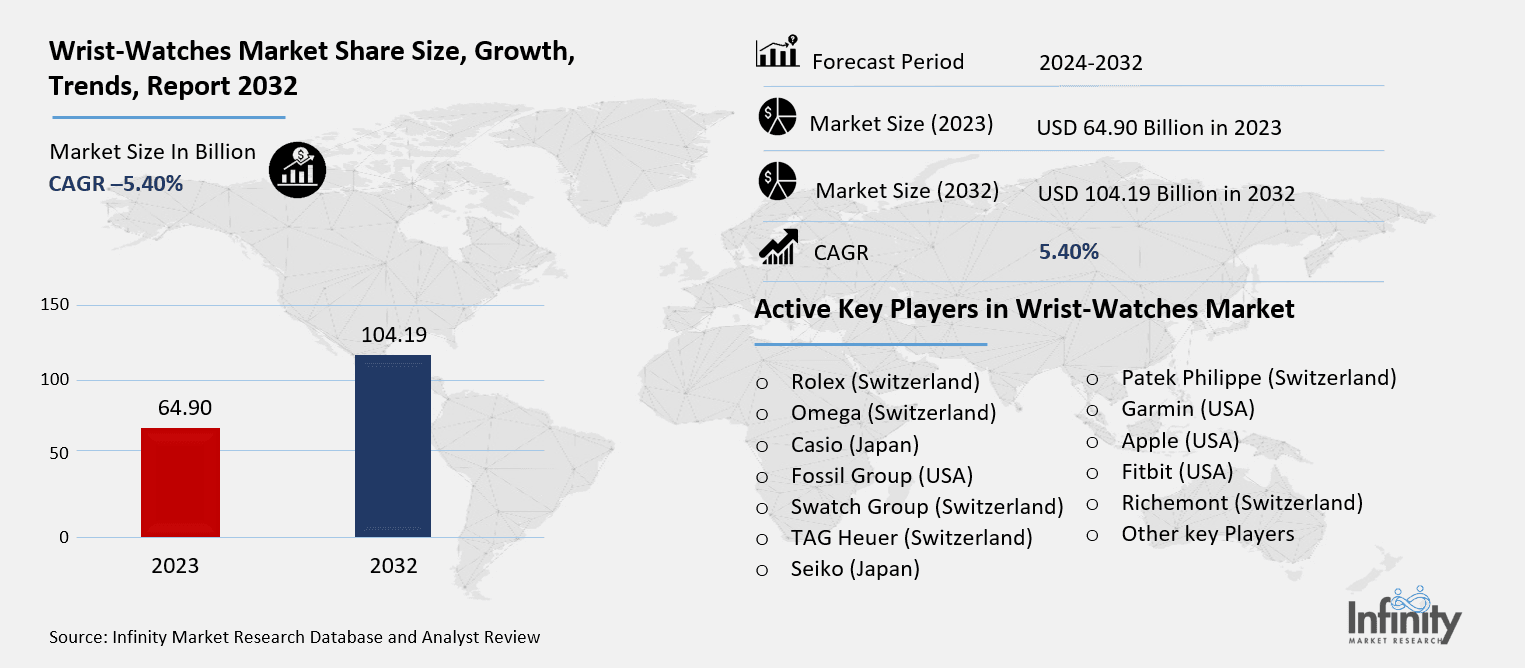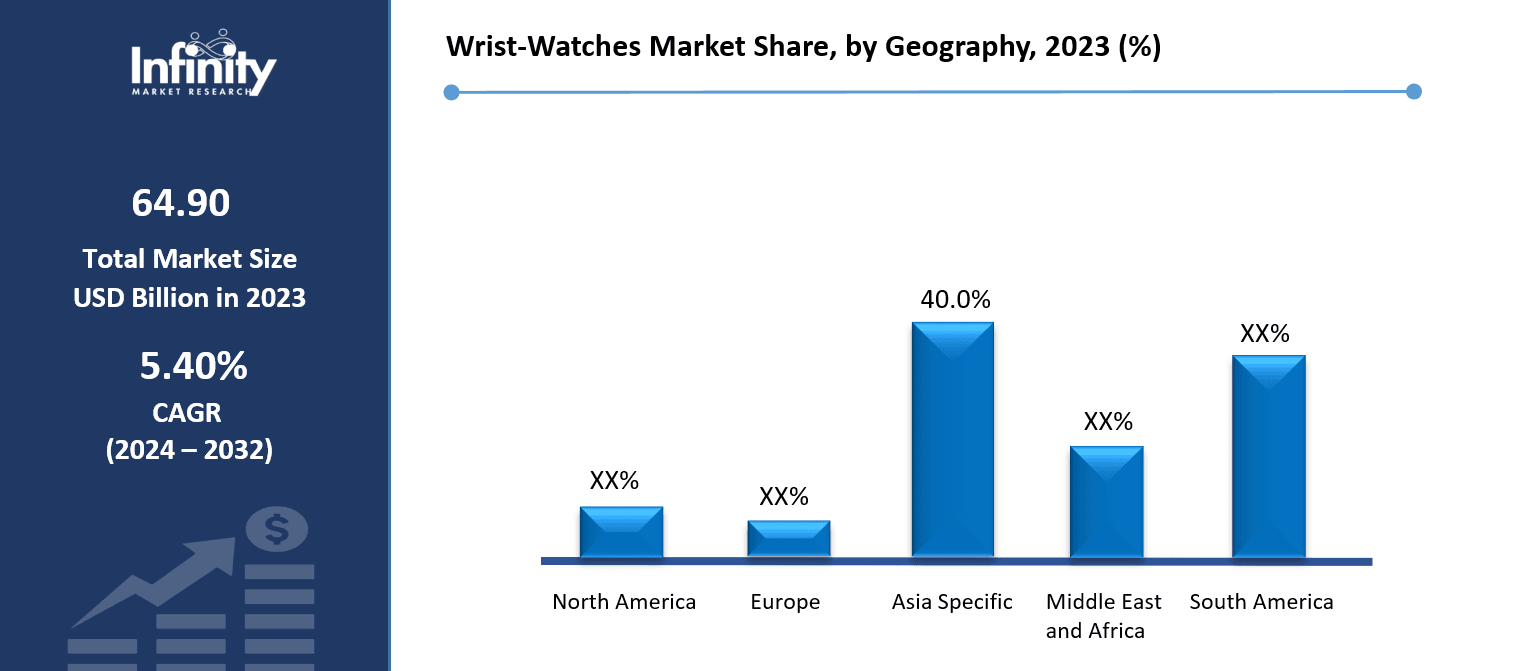
🔐 Secure Payment Guaranteed
Safe checkout with trusted global payment methods.
🌟 Why Choose Infinity Market Research?
At Infinity Market Research, we dont just deliver data — we deliver clarity, confidence, and competitive edge.
In a world driven by insights, we help businesses unlock the infinite potential of informed decisions.
Here why global brands, startups, and decision-makers choose us:
Industry-Centric Expertise
With deep domain knowledge across sectors — from healthcare and technology to manufacturing and consumer goods — our team delivers insights that matter.
Custom Research, Not Cookie-Cutter Reports
Every business is unique, and so are its challenges. Thats why we tailor our research to your specific goals, offering solutions that are actionable, relevant, and reliable.
Data You Can Trust
Our research methodology is rigorous, transparent, and validated at every step. We believe in delivering not just numbers, but numbers that drive real impact.
Client-Centric Approach
Your success is our priority. From first contact to final delivery, our team is responsive, collaborative, and committed to your goals — because you re more than a client; you re a partner.
Recent Reports
Global Myopia Control Lenses Market Report 2025-33
Hyaluronic Acid-based Dermal Fillers Market Report
Wrist-Watches Market
Wrist-Watches Market Global Industry Analysis and Forecast (2024-2032) By Type( Analog Watches, Digital Watches, Hybrid Watches),By Material( Metal, Plastic, Leather, Ceramic, Rubber, Others),By Functionality( Traditional Watches, Smartwatches, Luxury Watches, Sports Watches),By Price Range( Low, Mid, High),By End User( Men, Women, Unisex),By Distribution Channel(Online Retail, Offline Retail (Specialty Stores, Department Stores) and Region
Feb 2025
Consumer and Retails
Pages: 138
ID: IMR1818
Wrist-Watches Market Synopsis
Wrist-Watches Market Size Was Valued at USD 64.90 Billion in 2023, and is Projected to Reach USD 104.19 Billion by 2032, Growing at a CAGR of 5.40% From 2024-2032.
Wristwatches market includes all business activities related to wristwatch creation manufacturing and marketing across worldwide markets. These clockdevices fulfill practical needs in addition to appearance requirements across a spectrum of watch types that extend from fundamental time display functions to high-end technological pieces. Analog and digital alongside hybrid designs represent the main categories in the watch market which satisfies distinct groups of prospective buyers determined by their taste in style and timekeeping needs.
Over recent times the wristwatches market grew substantially because technology made progress and luxury fashion trends grew in popularity and customers increased their interest in brand names. Customers are now interested in purchasing wristwatches that show time and additionally offer functions such as health tracking along with connectivity features and personalization options. Three main divisions of wristwatch products exist namely traditional analog timepieces alongside modern digital variations which coexist with hybrid items featuring both analog and digital attributes.
Smartwatch adoption continues to dominate the market through its ability to meet modern consumers' requirements of multifunctional smart devices. Users of these watches receive benefits from their sensors which enable fitness tracking along with health data observation and smartphone-based notifications as well as messaging features. The high-end fashion world along with fine jewelry market maintains its support for traditional analog watches because these timepieces deliver durable luxury combined with expert craftsmanship and fashionable elegance.
The growth of e-commerce platforms combined with online retail now gives buyers greater access to various watches with unmatched convenience in their shopping experience. The market demands will escalate due to increased disposable incomes observed in Asia-Pacific and Latin America regions. The market experiences change due to growing consumer interests in eco-friendly timepieces constructed from recycled components and ethically obtained elements and efficiently operating mechanisms.
Different established brands along with emerging competitors battle for consumer interest in the wristwatches market. Watches with modern technologies and distinctive designs and increased durability composed a key strategic direction for companies in the market. The fashion and technology convergence will drive continuous transformation within the wristwatches market creating both promising prospects and formidable hurdles in this enticing industry.
Wrist-Watches Market Outlook, 2023 and 2032: Future Outlook

Wrist-Watches Market Trend Analysis
Trend : Rise of Smartwatches
Smartwatches stand as the key fashion in the wristwatches sector because users need devices that provide more than standard time functions. Technology picky clients alongside health mindful customers find attractive the multi-capability options on these wristwatches that integrate smartphone capability and fitness functions and health assessment functionalities. The trend has spread quickly among people who live in developed areas to obtain single packages that help them live better.
Manufacturers release new smartwatch models which feature health monitoring capabilities including heart rate tracker and ECG monitor and sleep performance assessment devices alongside appearance upgrades for stylish designs. Fashion-mindful companies unite forces with technology providers to build fashionable smartwatches which attract consumers from different market segments. The wristwatch market will continue to see smartwatches play a dominant role because technology continues improving together with declining costs.
Opportunity : Expanding in Emerging Markets
Production of wristwatches should be redirected toward Asia-Pacific together with Latin American and African territories because these areas represent substantial market possibilities. The growing disposable income presents consumers in these regions with the ability to purchase high-quality watches while giving them incentives to acquire fashionable timepieces with functional designs. Wristwatch demand in China and other fast-growing nations such as Brazil and India is increasing due to the expanding middle class population.
The market entry opportunity for watch brands requires product adaptation as well as marketing strategy modifications to address consumer profile characteristics in specific markets. To grow their customer base watch brands should develop distribution networks which include internet platforms and native retail outlets. Customer loyalty strengthens when companies manufacture watch designs that match regional cultural and value systems therefore delivering access to this emerging target market.
Driver: Technological Advancements
Technological developments serve as the leading force behind increasing wristwatches market value and smartwatches represent a significant part of this growth. Modern wristwatches now perform multiple functions because they utilize advanced technologies which include health sensors and phones apps and enhanced screen capabilities. The rising number of tech-dependent health-conscious consumers drives the market demand toward watches which display real-time health data and smart capabilities.
Improved battery life together with enhanced connectivity and complex software development has caused the rise in smartwatch market adoption. Smart watch technology enhances product appeal for technology lovers together with people interested in scheduling convenience and workplace efficiency. The technological advancement will bring new revolutionary innovations to the market which companies can use to attract tech-oriented consumers.
Restraints: High Cost of Luxury Watches
The wristwatches market faces significant constraints because premium timepieces feature very expensive prices within the luxury segment. Luxury watch buyers face steep prices mainly because these watches involve complex construction and rare materials alongside exclusive editions which are hallmarks of the premium sector. Many customers find this premium price unaffordable especially in developing markets because of lower household income.
Some customers buy expensive watches because of their status symbols but affordability issues make luxury watches hard to reach for many people. The combination of affordable smartwatches with competing alternatives lead consumers to look beyond traditional luxury timepiece sales and negatively affects expensive watch market performance. Luxury brands seek alternative approaches to provide upscale goods at reasonable prices because of collaborations and introduced collections for wider consumer access.
Wrist-Watches Market Segment Analysis
Wrist-Watches Market Segmented on the basis of Type, Material, Functionality, Price Range, End User and Distribution Channel.
By Type
o Analog Watches
o Digital Watches
o Hybrid Watches
By End User
o Men
o Women
o Unisex
By Region
o North America (U.S., Canada, Mexico)
o Eastern Europe (Bulgaria, The Czech Republic, Hungary, Poland, Romania, Rest of Eastern Europe)
o Western Europe (Germany, UK, France, Netherlands, Italy, Russia, Spain, Rest of Western Europe)
o Asia Pacific (China, India, Japan, South Korea, Malaysia, Thailand, Vietnam, The Philippines, Australia, New-Zealand, Rest of APAC)
o Middle East & Africa (Turkey, Bahrain, Kuwait, Saudi Arabia, Qatar, UAE, Israel, South Africa)
o South America (Brazil, Argentina, Rest of SA)
By Type, Analog Watches segment is expected to dominate the market during the forecast period
Traditional dial and hands form analog watches which maintain sturdy market presence while appealing to users through their traditional appearance. Value-based brands make use of intricate design approaches while choosing premium materials to produce upscale timepieces. People who want traditional and simple elegance continue to choose analog watches despite the recent growth of digital and smartwatch technologies. People use these watches for many types of events from business meetings to spare time activities which makes them appropriate for various settings. Numerical display digital watches have gained respect in the market because customers prefer their practical structure along with their convenient operation. Such timepieces incorporate extra functionality through built-in features which include alarm systems and backlight features with the possibility of fitness monitoring capabilities. Digital watches please younger users because they present a sharply modern image that appeals to contemporary aesthetics. Their basic design and affordable price structure explains why individuals buy these timepieces for functional purposes.
Hybrid Watches Combine Analog Dials with Digital Technology to Attract Growing Numbers of Market Customers. Digital functionality including step counting as well as notifications through Bluetooth connectivity is integrated into traditional analog watch designs. The combination design of hybrid watches meets the preferences of users who prefer analog aesthetics but need digital convenience through modern features. Hybrid watches provide consumers with a combination of fashionable design and technological capabilities to address the needs of people who want advanced features and stylish appearance.
By End User, Men segment expected to held the largest share
Men represent the biggest segment of wristwatches where they find both functional and stylish watches appealing. The design of male watches features either eye-catching aesthetics together with advanced functions through features such as chronographs combined with durable materials and diver's functions. In this segment men prefer using three distinct watch types including luxury watches accompanied by sports watches and also smartwatches because these pieces meet their fashion needs while demonstrating status.
Women typically prefer wristwatches that combine small dimensions with refined artistic elements. The distinctive design approach of women’s watches centers on conveying elegance along with sophisticated aesthetics along with fashionable designs provided by numerous brands. Bespoke smartwatches engineered for female customers now gain popularity due to built-in fitness monitoring along with classy appearances. Womens' demand for luxury designer watches in this category remains high because they want watches that match their individual appearance and position in society.
Wrist-Watches Market Regional Insights
North America is Expected to Dominate the Market Over the Forecast period
One of the largest market areas for wristwatches belongs to North America because of abundant disposable income and technological advancement together with strong market demand for luxury products. The U.S. market specifically drives the market growth through its rising demand for smartwatches because consumers desire devices that combine multiple features with daily usability needs. The region has both online and offline retail structures that enable easy consumer access to various wristwatches.
The smartwatch market trend has not diminished the success of traditional luxury brands like Rolex, Omega and Patek Philippe who maintain solid sales results across North America. High-income earners and watch enthusiasts throughout this region establish a permanent market for luxury wristwatches. The combination of smartwatch development with traditional watch demand positions North America to keep its leadership position in the wristwatch market.
Wrist-Watches Market Share, by Geography, 2023 (%)
Active Key Players in the Wrist-Watches Market
o Rolex (Switzerland)
o Omega (Switzerland)
o Casio (Japan)
o Fossil Group (USA)
o Swatch Group (Switzerland)
o TAG Heuer (Switzerland)
o Seiko (Japan)
o Patek Philippe (Switzerland)
o Garmin (USA)
o Apple (USA)
o Fitbit (USA)
o Richemont (Switzerland)
o Other key Players
Global Wrist-Watches Market Scope
|
Global Wrist-Watches Market | |||
|
Base Year: |
2023 |
Forecast Period: |
2024-2032 |
|
Historical Data: |
2017 to 2023 |
Market Size in 2023: |
USD 64.90 Billion |
|
Forecast Period 2024-32 CAGR: |
5.40% |
Market Size in 2032: |
USD 104.19 Billion |
|
Segments Covered: |
By Type |
· Analog Watches · Digital Watches · Hybrid Watches | |
|
By End User |
· Men · Women · Unisex | ||
|
By Region |
· North America (U.S., Canada, Mexico) · Eastern Europe (Bulgaria, The Czech Republic, Hungary, Poland, Romania, Rest of Eastern Europe) · Western Europe (Germany, UK, France, Netherlands, Italy, Russia, Spain, Rest of Western Europe) · Asia Pacific (China, India, Japan, South Korea, Malaysia, Thailand, Vietnam, The Philippines, Australia, New-Zealand, Rest of APAC) · Middle East & Africa (Turkey, Bahrain, Kuwait, Saudi Arabia, Qatar, UAE, Israel, South Africa) · South America (Brazil, Argentina, Rest of SA) | ||
|
Key Market Drivers: |
· Technological Advancements | ||
|
Key Market Restraints: |
· High Cost of Luxury Watches | ||
|
Key Opportunities: |
· Expanding in Emerging Markets | ||
|
Companies Covered in the report: |
· Rolex (Switzerland), Omega (Switzerland), Casio (Japan), Fossil Group (USA), Swatch Group (Switzerland), TAG Heuer (Switzerland), Seiko (Japan), and Other Major Players. | ||
📘 Frequently Asked Questions
1. What would be the forecast period in the Wrist-Watches Market research report?
Answer: The forecast period in the Wrist-Watches Market research report is 2024-2032.
2. Who are the key players in the Wrist-Watches Market?
Answer: Rolex (Switzerland), Omega (Switzerland), Casio (Japan), Fossil Group (USA), Swatch Group (Switzerland), TAG Heuer (Switzerland), Seiko (Japan), and Other Major Players.
3. What are the segments of the Wrist-Watches Market?
Answer: The Wrist-Watches Market is segmented into Type, Material, Functionality, Price Range, End User, Distribution Channel and region. By Type, the market is categorized into Analog Watches, Digital Watches, Hybrid Watches. By Material, the market is categorized into Metal, Plastic, Leather, Ceramic, Rubber, Others. By Functionality, the market is categorized into Traditional Watches, Smartwatches, Luxury Watches, Sports Watches. By Price Range, the market is categorized into Low, Mid, High. By End User, the market is categorized into Men, Women, Unisex. By Distribution Channel, the market is categorized into Online Retail, Offline Retail (Specialty Stores, Department Stores. By region, it is analyzed across North America (U.S.; Canada; Mexico), Eastern Europe (Bulgaria; The Czech Republic; Hungary; Poland; Romania; Rest of Eastern Europe), Western Europe (Germany; UK; France; Netherlands; Italy; Russia; Spain; Rest of Western Europe), Asia-Pacific (China; India; Japan; Southeast Asia, etc.), South America (Brazil; Argentina, etc.), Middle East & Africa (Saudi Arabia; South Africa, etc.).
4. What is the Wrist-Watches Market?
Answer: Wristwatches market includes all business activities related to wristwatch creation manufacturing and marketing across worldwide markets. These clockdevices fulfill practical needs in addition to appearance requirements across a spectrum of watch types that extend from fundamental time display functions to high-end technological pieces. Analog and digital alongside hybrid designs represent the main categories in the watch market which satisfies distinct groups of prospective buyers determined by their taste in style and timekeeping needs
5. How big is the Wrist-Watches Market?
Answer: Wrist-Watches Market Size Was Valued at USD 64.90 Billion in 2023, and is Projected to Reach USD 104.19 Billion by 2032, Growing at a CAGR of 5.40% From 2024-2032.


🔐 Secure Payment Guaranteed
Safe checkout with trusted global payment methods.
🌟 Why Choose Infinity Market Research?
- Accurate & Verified Data:Our insights are trusted by global brands and Fortune 500 companies.
- Complete Transparency:No hidden fees, locked content, or misleading claims — ever.
- 24/7 Analyst Support:Our expert team is always available to help you make smarter decisions.
- Instant Savings:Enjoy a flat $1000 OFF on every report.
- Fast & Reliable Delivery:Get your report delivered within 5 working days, guaranteed.
- Tailored Insights:Customized research that fits your industry and specific goals.





